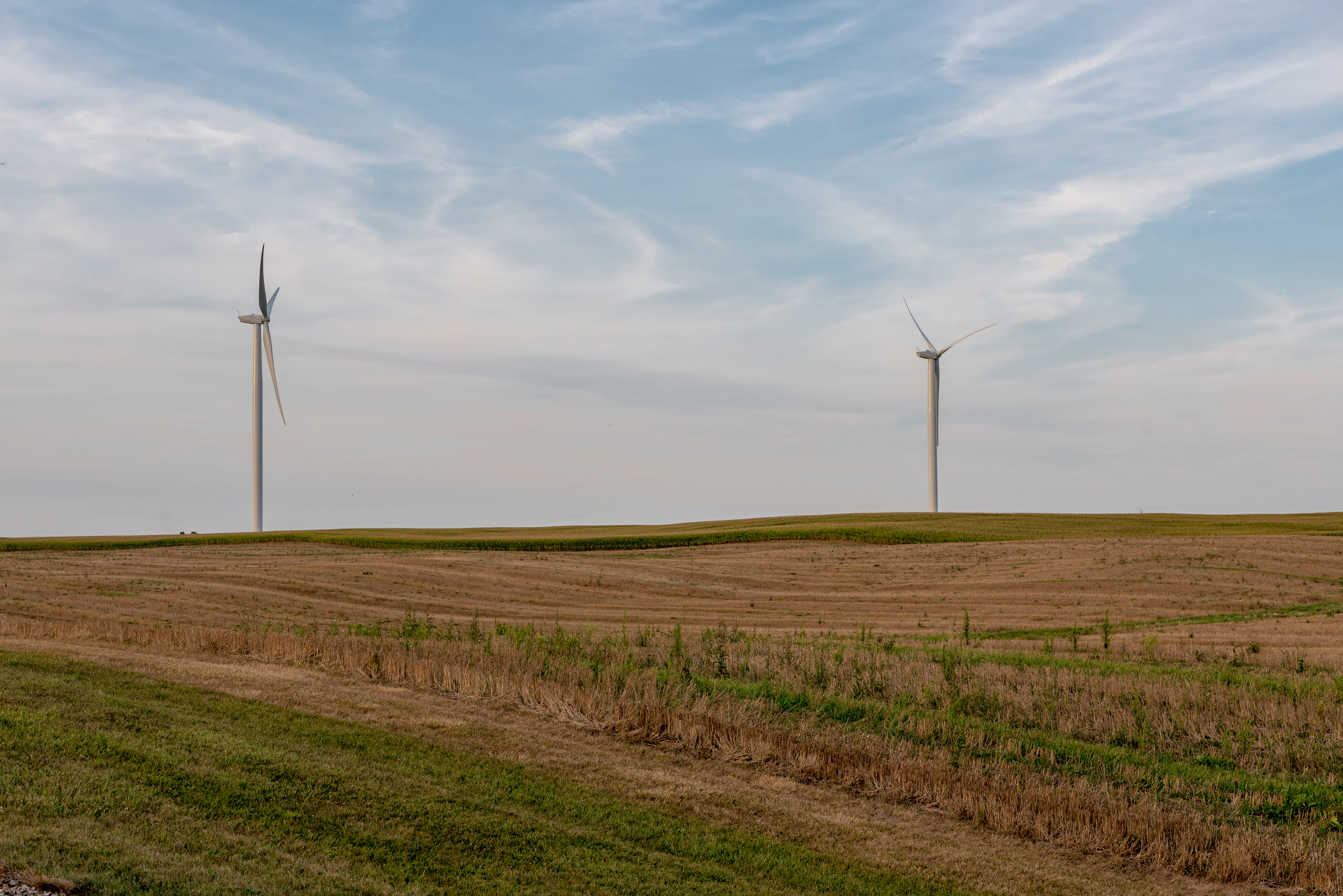
_Stephan_Muennich.jpg)
At Prowind, we are committed to building a more sustainable future. Our mission is to energize our lives and strengthen communities, creating lasting benefits for the people and places we care about most.
Wind energy plays a vital role in the fight against climate change. Our projects are designed tobe environmentally responsible, socially inclusive, and financially sound, ensuring that thebenefits of hosting renewable energy in Oxford County stay rooted in the local community.






Gunns Hill is a powerful symbol of how citizen energy connects people, crosses borders and has an impact worldwide. Ten wind turbines provide a total installed capacity of 18.5 MW. This supplies around 22,760 households with clean electricity — sustainably, reliably and jointly.
Contact now
Prowind Canada Inc. plans to submit a project proposal as part of the IESO 2025 call for proposals for the Bower Hill wind farm — a project to supply the region with clean, reliable electricity. The location is strategically located on Highway 401 near existing Hydro-One circuits. Six modern wind turbines with a total output of 36 MW are planned — enough to supply thousands of households annually. The project focuses on close cooperation with residents, landowners, First Nations and local decision makers to ensure transparent, responsible implementation in line with regional values.
Contact now

The involvement of the local community is incredibly important to us. At our operating Gunn’s Hill project and in all planned developments across Oxford County, we prioritize transparency, open communication, and intentional listening to ensure all perspectives are considered and concerns are thoughtfully addressed.
Prowind uses advanced technologies, as demonstrated in our wind development projects in Oxford County, to improve efficiency and minimize environmental impact. Our goal is to create lasting benefits for both the environment and the community.
_Stephan_Muennich.jpg)
Make the green revolution your own. For more information, contact us or attend our information events on our project visions for wind turbines in Oxford County. We are committed to working together to shape a sustainable future.
Contact nowProwind is committed to meaningful community engagement and welcomes input from residents, landowners, Indigenous communities, and local officials. If you have questions, comments, or would like to learn more about the project, please contact us at:

